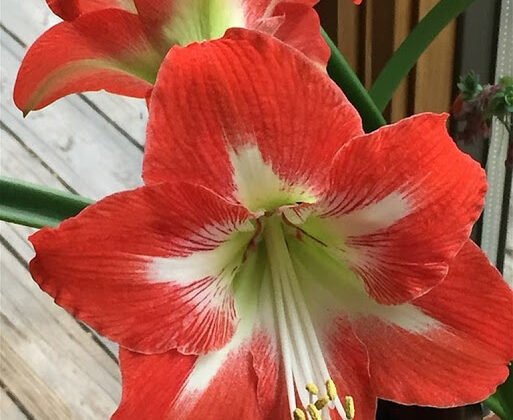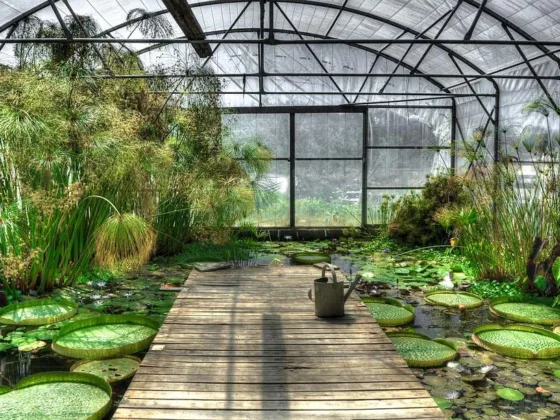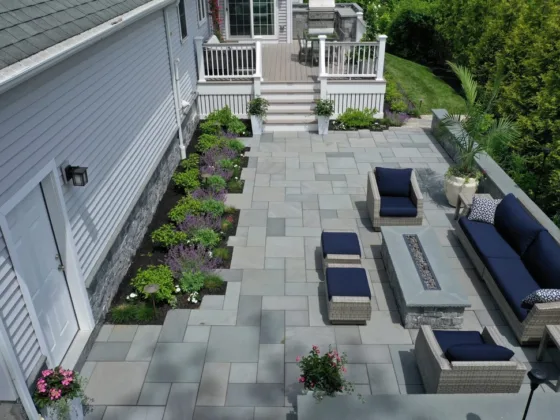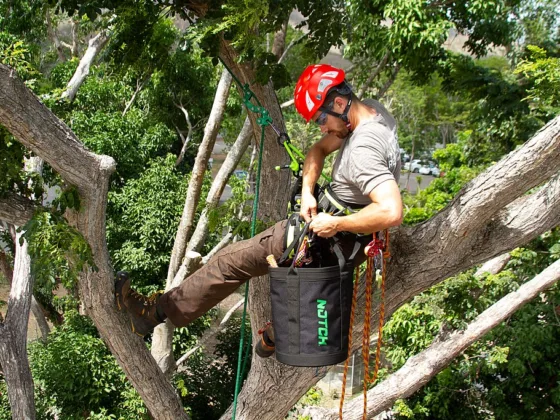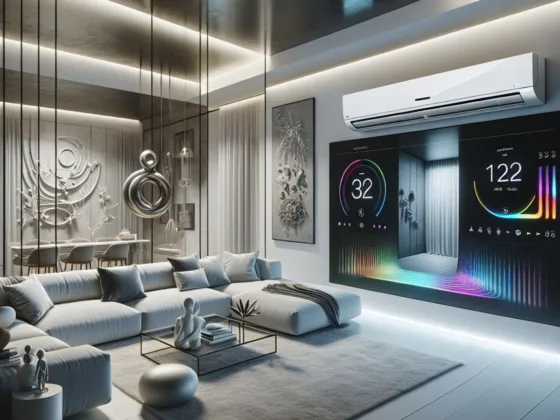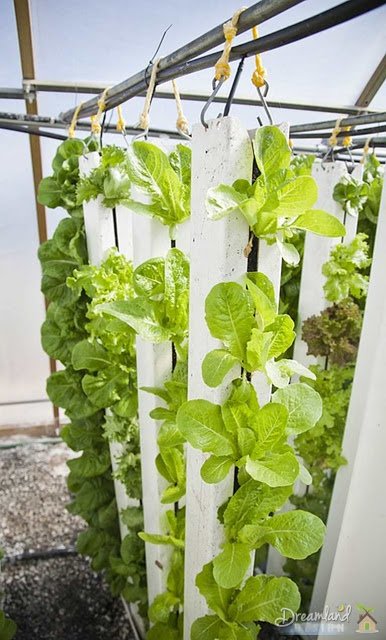 |
| Hydroponics Lettuce, Vertical Farm |
pH is a measure of the relative concentration of hydrogen ions or hydroxyl ions. Calling them ‘ions’ means they are electrically charged. Hydrogen is positively charged, and hydroxyl ions are negatively charged.
The standard scale runs from 1-14. Numbers below 7 and nearer the 1 are more acidic (relatively more hydrogen ions), those higher than 7 and toward 14 are more basic or alkaline (more hydroxyl ions). Exactly 7 is neutral, no ions or a balance between acid and basic. Any free hydrogen (H) and hydroxyl ions (OH) will tend to combine to form water, H2O.
Hydroponically grown plants will do well with a near-neutral environment. Most plants thrive in slightly acidic conditions of 6.0-6.5. Apart from the chemical state in the roots themselves, nutrient solutions need to be well dissolved in the surrounding medium (often water), in order to be easily absorbed. A highly acidic or basic environment interferes with that.
Fortunately, it’s relatively simple to control the pH level with easy-to-use kits. Kits come in varying forms, the two most common being bottles of solution and containers of powder. Both have their pros and cons.
Dry powder kits tend to be somewhat less expensive. They store well, provided they’re kept sealed, and the material will last a very long time. But they generally require making up a solution before feeding the plants. Not only is the powder concentrated, but the environment will shift best when the material is in liquid form. Otherwise, the application is inevitably uneven.
Solution kits cost a bit more, but they’re ultra-easy to use. Just measure out the exact right amount, which is a little easier with solution than powder, and dilute or apply. Kits vary. Many are highly concentrated solutions, others are premixed at the right concentration in the bottle.
But before knowing how much to apply it’s necessary to know the plant’s environment at that time. That, too, is easy using a pH testing kit.
Older testing methods which are still available and often used consist of simple colored strips. The paper strip is dipped into the plant’s medium and turns color due to an embedded dye. The color is compared to a chart to gauge the pH level.
As you can imagine, that’s a fairly inaccurate way to judge pH by contemporary standards. Digital meters are popular today and are generally more reliable. But they do need to be cleaned between tests to maintain accuracy. The paper strips can simply be thrown away.
Whichever kit and testing method you choose, it’s essential to keep the plants’ pH near optimal levels. The difference between 6.0 and 5.0 represents a ten-times difference in the concentration of acid present. Small numeric differences matter.


